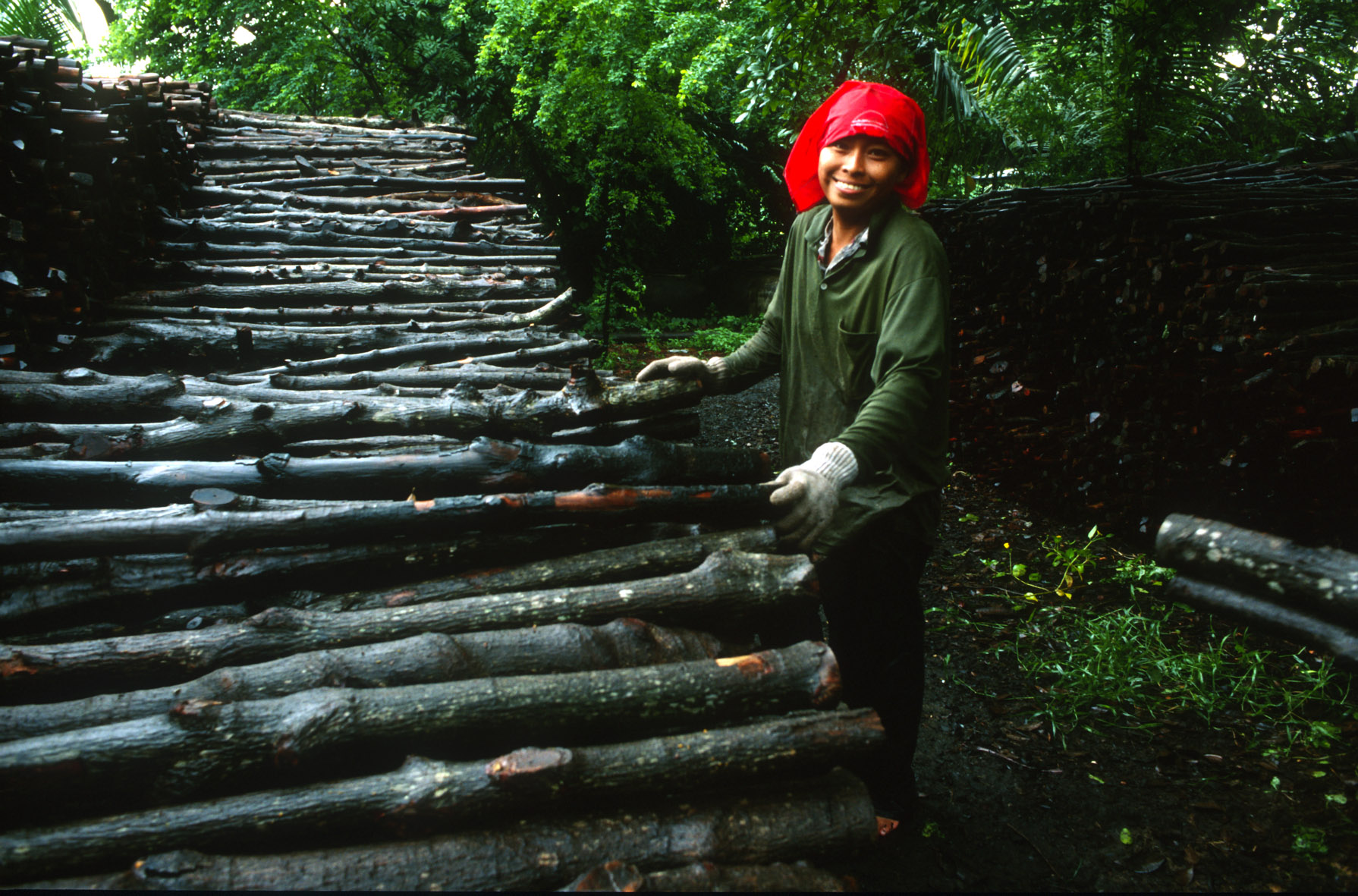Declining employment
The current global employment figure represents an overall decline of 15 per cent when compared to the 39.5 million persons employed in forest-related activities between 2011 and 2013. This change is most visible in the Americas and Asia. Meanwhile, the number of forest workers increased in Africa and remained essentially unchanged in Europe and Oceania. The overall decline is partly explained by the increased levels of mechanization and consequent labour productivity gains.
A male-dominated sector
High rates of informality
Informal employment accounts for a significant proportion of forest-related employment, especially in lower income countries. Estimates based on 56 countries with available data show that 77 per cent of forest-related employment was informal between 2017 and 2019. In Africa and Asia, this estimate surpasses 80 per cent of the total forest-related employment, 10 percentage points above the informal employment rate in all economic activities.
Challenges in data collection
Methodology
Employment in the forest sector is defined as the sum of employment in three sub-sectors using the International Standard Industrial Classification of All Economic Activities (ISIC) at the 2-digit level:
- forestry and logging (ISIC rev. 4 or ISIC rev. 3 division 02)
- manufacture of wood and products of wood (ISIC rev. 4 division 16 or ISIC rev. 3 division 20)
- paper manufacture (ISIC rev. 4 division 17 or ISIC rev. 3 division 21)
Global figures are based on data from 185 countries, which together account for 99 per cent of the world’s forest areas. Missing values are imputed using the wave-based methodological approach to fill data gaps.
The data, methodology and analysis presented in this blog are part of the report “Contribution of the forest sector to total employment in national economies: Estimating the number of people employed in the forest sector” prepared by the Thünen-Institute of Forestry, using detailed data from the ILO harmonized microdata collection. It serves as a technical background paper to the FAO’s flagship report “The State of the World’s Forests 2022”.
Author
-
ILO, FAO and Thünen-Institute of Forestry
This blog was written by Rattiya Lippe, Jörg Schweinle, Yonca Gurbuzer, Sven Walter, Waltteri Katajamäki and Mabelin Villarreal-Fuentes.












